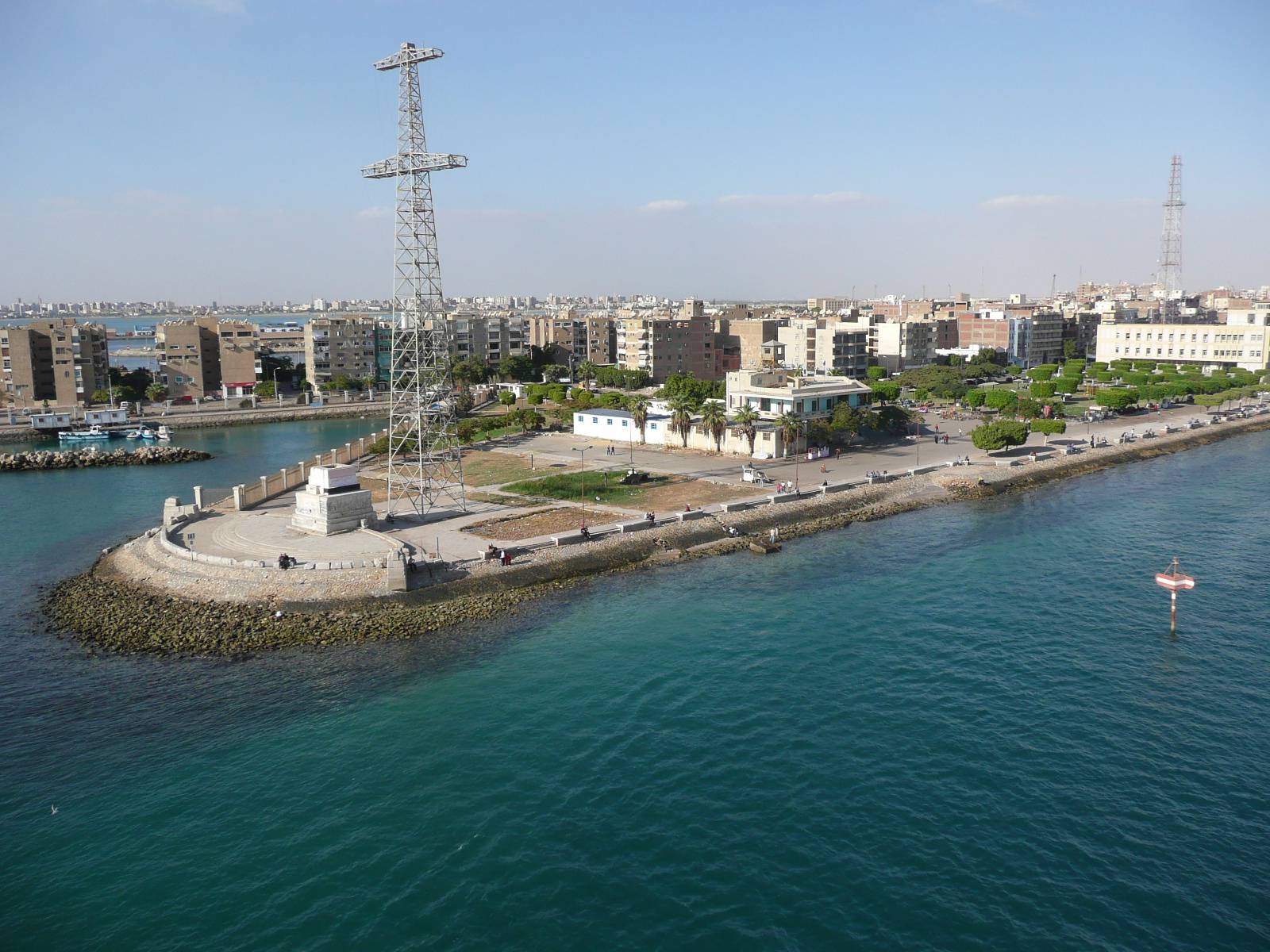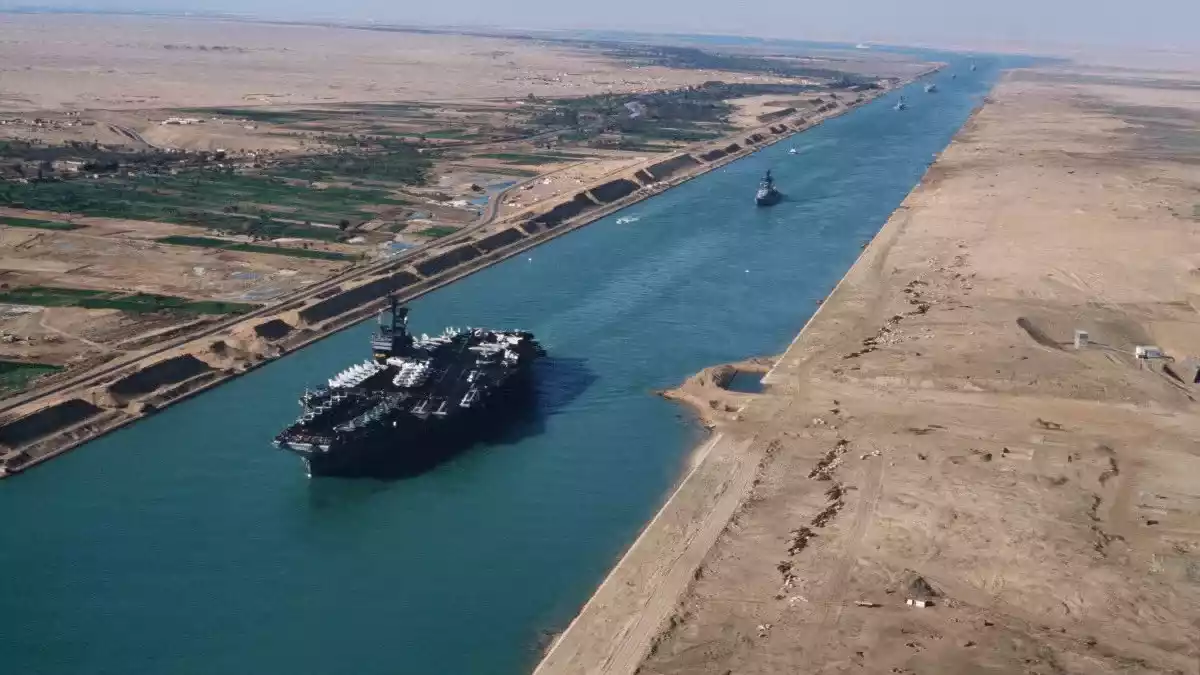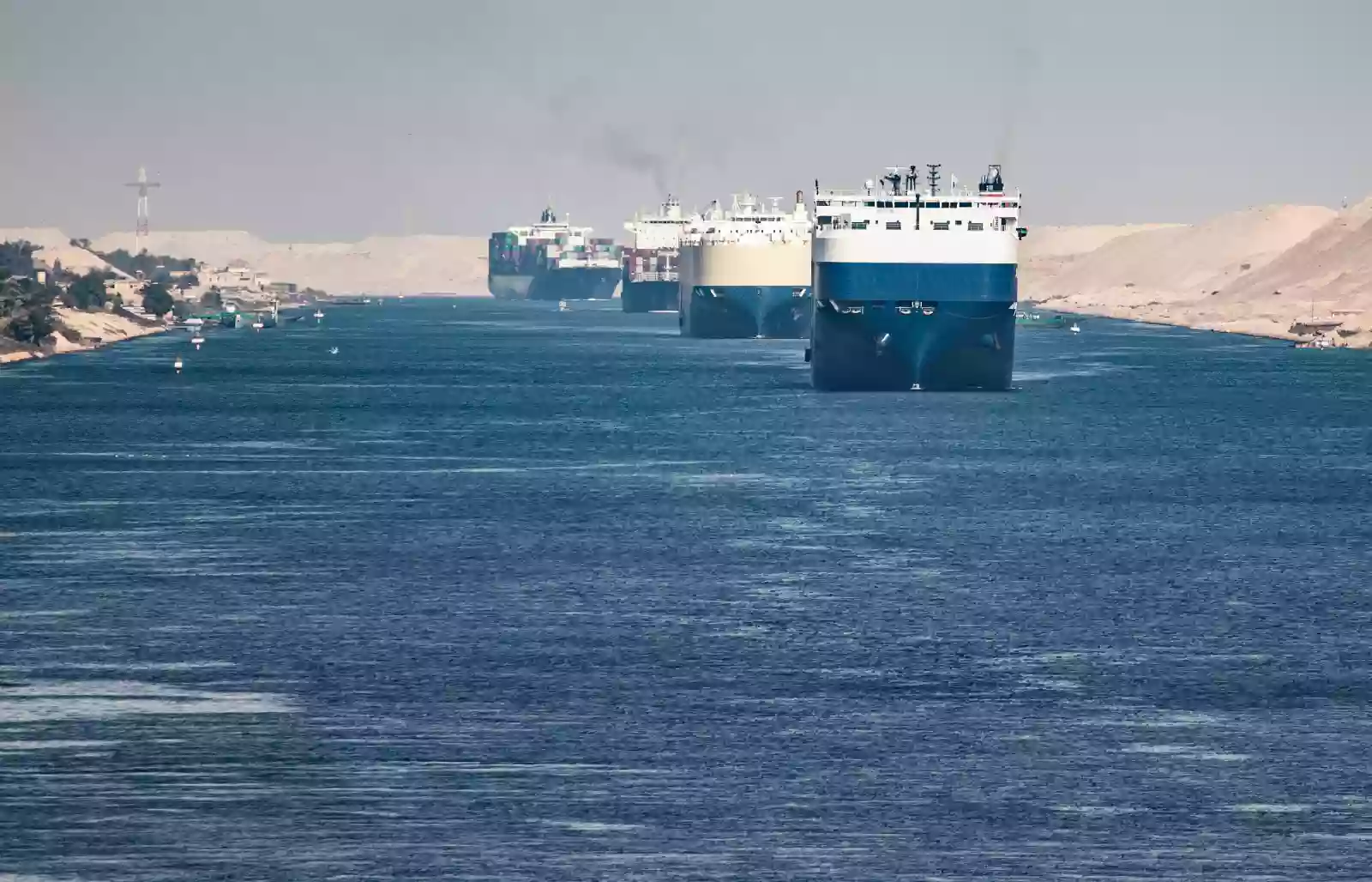Suez is a port city in northeastern Egypt, situated at the southern end of the Suez Canal, which connects to the Red Sea. Due to its strategic position along this vital global trade route, Suez is a major industrial and shipping hub. The city has two large ports, Port Tawfiq and Adabiya, which facilitate the movement of goods between Europe and Asia.
Suez has a long history dating back to ancient times, but it gained international prominence with the opening of the Suez Canal in 1869. Due to its strategic significance, the city played a vital role during the 1956 Suez Crisis and the 1973 October War.
Today, Suez is a bustling city focused on maritime industries, oil refining, and shipping. While not a major tourist destination, it is an essential gateway for travelers heading to the Sinai Peninsula and the Red Sea resorts.
Table of Contents
ToggleThe History of Suez City
The history of Suez City is deeply intertwined with its strategic location at the southern end of the Suez Canal, which has made it a crucial point for trade and transportation for centuries. Here’s an overview of its historical development:
Ancient History
Suez has roots dating back to ancient Egypt, where it was known as Seken or Suez, referring to a town on the edge of the Bitter Lakes. The area was crucial for trade routes connecting Egypt with the lands of the East. The ancient Egyptians built a series of canals to link the Nile River with the Red Sea, allowing for maritime trade long before the construction of the modern canal.
Ottoman Period
During the Ottoman Empire, Suez was part of the larger administrative region of Egypt. It was a staging point for caravans traveling to and from the Arabian Peninsula and was involved in trade with areas like India and the Levant.
Construction of the Suez Canal
The modern significance of Suez started with the construction of the Suez Canal, initiated in the mid-19th century. The canal, engineered by Ferdinand de Lesseps, officially opened in 1869, dramatically changing global trade routes by connecting the Mediterranean Sea to the Red Sea. Suez City was established as a key administrative and logistical center for the canal’s operation and maintenance. Its population grew rapidly, attracting workers, engineers, and merchants from various parts of the world.
20th century and the Suez Crisis
Suez City continued to develop throughout the 20th century, becoming an industrial hub, particularly in oil refining and shipping. The city played a vital role during the Suez Crisis in 1956 when Egypt nationalized the canal, leading to military intervention by Britain, France, and Israel. This event had crucial geopolitical implications and highlighted the canal’s significance as a global shipping route.
Post-Crisis Developments
After the crisis, Suez underwent reconstruction and development. The canal was cleared of blockages, and shipping traffic resumed. Over the years, Suez has kept growing as a port city, adapting to the varying dynamics of global trade.
Modern Era
Suez is a bustling city with a different economy focused on maritime industries, shipping, and logistics. The port services have been expanded, and the city is a vital link for goods traveling between Europe and Asia. While it is not a major tourist destination compared to other Egyptian cities, its strategic location makes it an important gateway for travelers heading to the Sinai Peninsula and the Red Sea resorts.
Suez’s rich history, shaped by its geographical importance, continues to influence its role in global trade and cultural development.
Tourist Attractions of Suez
Suez has several attractions worth exploring. Suez offers a special mixture of history, culture, and stunning natural beauty, making it a worthwhile stop for travelers exploring Egypt. Here are some key points of interest:
Suez Canal
The Suez Canal is the most famous attraction in Suez. Opened in 1869, it connects the Mediterranean Sea to the Red Sea, facilitating international maritime trade. Guests can view ships passing through the canal and learn about its history and significance from many viewpoints.
Suez Canal Authority Museum
This museum has insights into the history and engineering of the Suez Canal. It exhibits the canal’s construction, its effect on global trade, and various artifacts related to its operation.
The Red Sea Beaches
Suez has access to several marvelous beaches along the Red Sea. These beaches are famous for swimming, snorkeling, and sunbathing. Remarkable beaches include Al-Mahmeya Beach and Ain Sokhna, a short drive from Suez.
Port Tawfiq
This harbor area is famous for its spectacular views of the Suez Canal and the surrounding landscape. It’s a great spot for a stroll, enjoying the scenery and watching the port activities.
Hussein Mosque
This mosque is a great example of Islamic architecture in Suez. It is a significant religious site and is often liked for its intricate design and peaceful atmosphere.
El-Bahria Street
This street is known for its local shops, cafes, and eateries. It’s a great place to experience the local culture, sample traditional Egyptian food, and shop for souvenirs.
Cairo-Suez Road
The road connecting Suez to Cairo offers beautiful views of the desert landscape and nearby mountains. It’s a popular route for travelers exploring more of the region.
The International Road to Sinai
This road is significant for travelers heading to the Sinai Peninsula. Along the way, there are opportunities to stop at various scenic viewpoints and historical sites.
Suez War Memorial
This memorial commemorates those who lost their lives during the wars in the region, particularly during the 1956 Suez Crisis. It serves as a reminder of the area’s historical importance.
Suez City’s Food
Suez City offers various delicious food options that reflect traditional Egyptian cuisine. Famous dishes include kosher rice, lentils, and pasta topped with tomato sauce and fried onions. Ful medames, a hearty fava bean dish often served with olive oil, lemon, and spices, is also common.
Due to Suez’s proximity to the Red Sea, seafood is prominent. Grilled fish and calamari are popular choices at local restaurants. Street food is abundant, with options like ta’ameya (Egyptian falafel) and shawarma. Make sure to try fresh pita bread served with hummus or baba ganoush. Basbousa (a sweet semolina cake) and konafa (a pastry soaked in syrup) are local favorites for dessert.
Frequently Asked Questions
Where is Suez City located?
Suez City is located in Egypt, at the northern end of the Suez Canal. It lies near the Sinai Peninsula and is approximately 120 kilometers (75 miles) east of Cairo. The Red Sea situates the city.
What is the best time to visit Suez City?
The best Time to Visit Suez is during the cooler months, from October to April when temperatures are more comfortable.
What are the top attractions in Suez City?
Top attractions in Suez City involve the Suez Canal, where you can watch ships pass through, and the Suez Canal Authority Museum, which showcases its history. Port Tawfiq offers scenic views, while the nearby Red Sea beaches are perfect for relaxation. The Hussein Mosque has beautiful architecture, and El-Bahria Street is excellent for local culture and dining. The Suez War Memorial honors those lost in conflicts, and the Cairo-Suez Road provides picturesque desert scenery.
How do inhabitants move to Suez City?
Suez City provides transportation. While Suez has local transportation options, renting a car or hiring a taxi can be a convenient way to explore the area.
